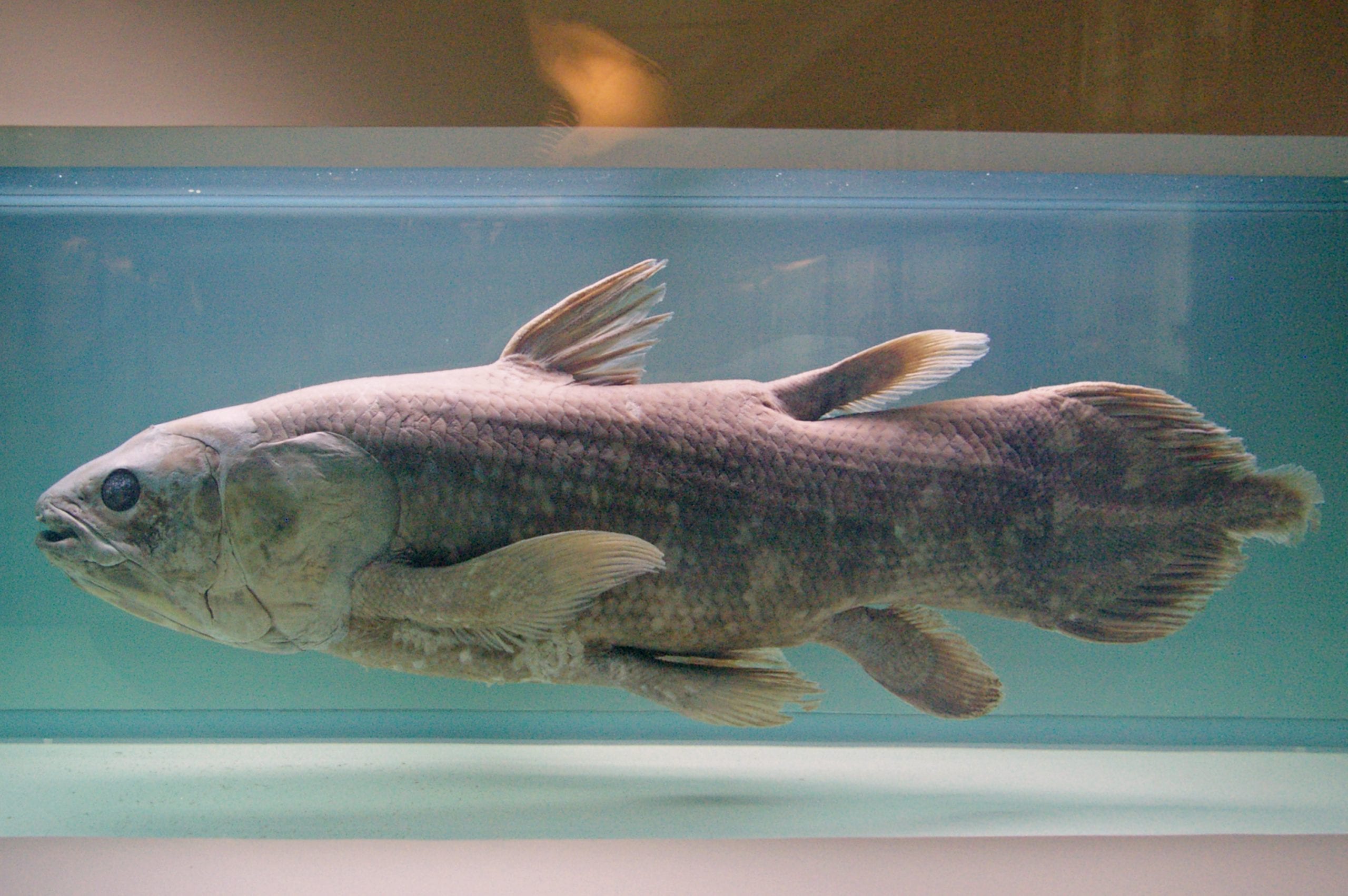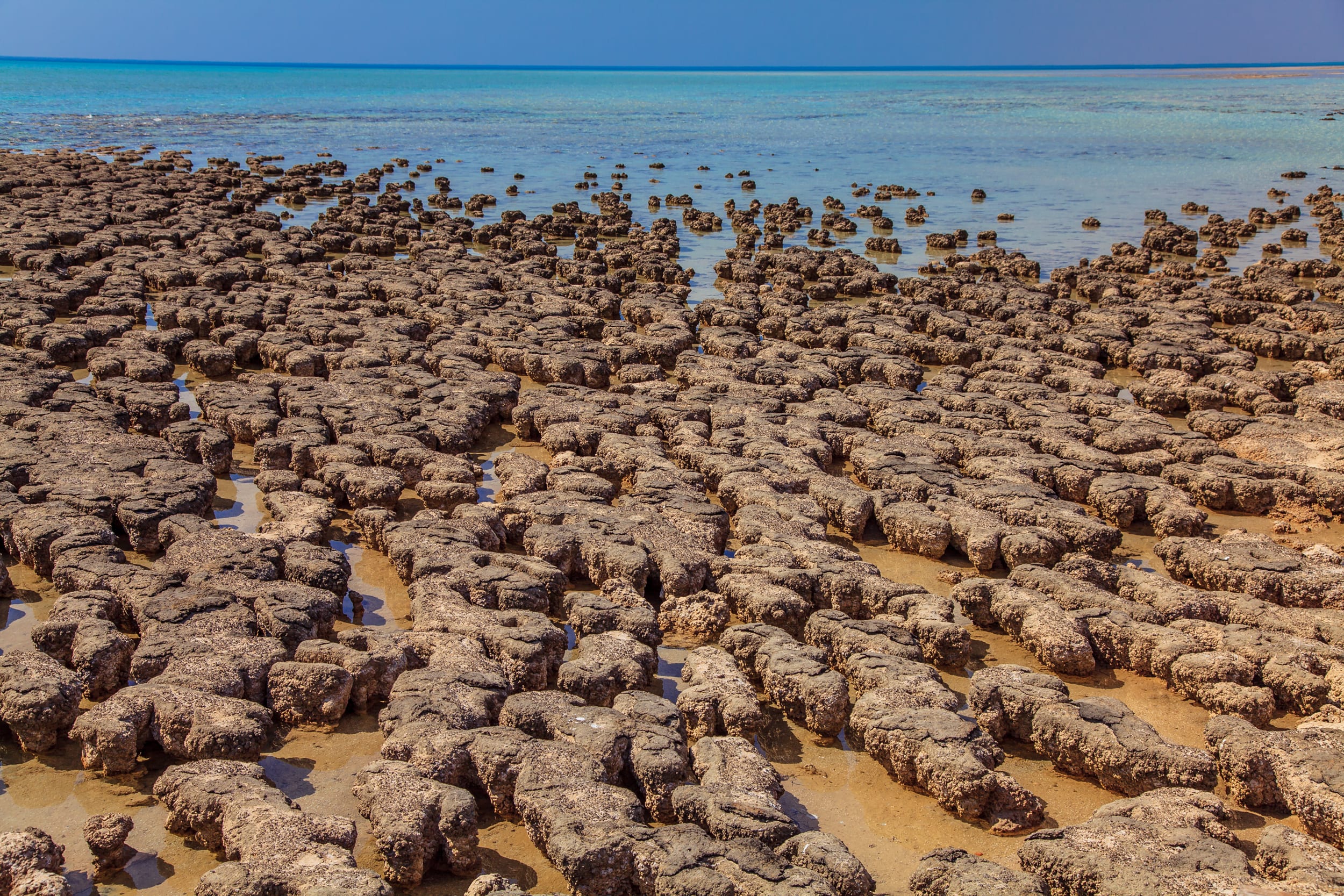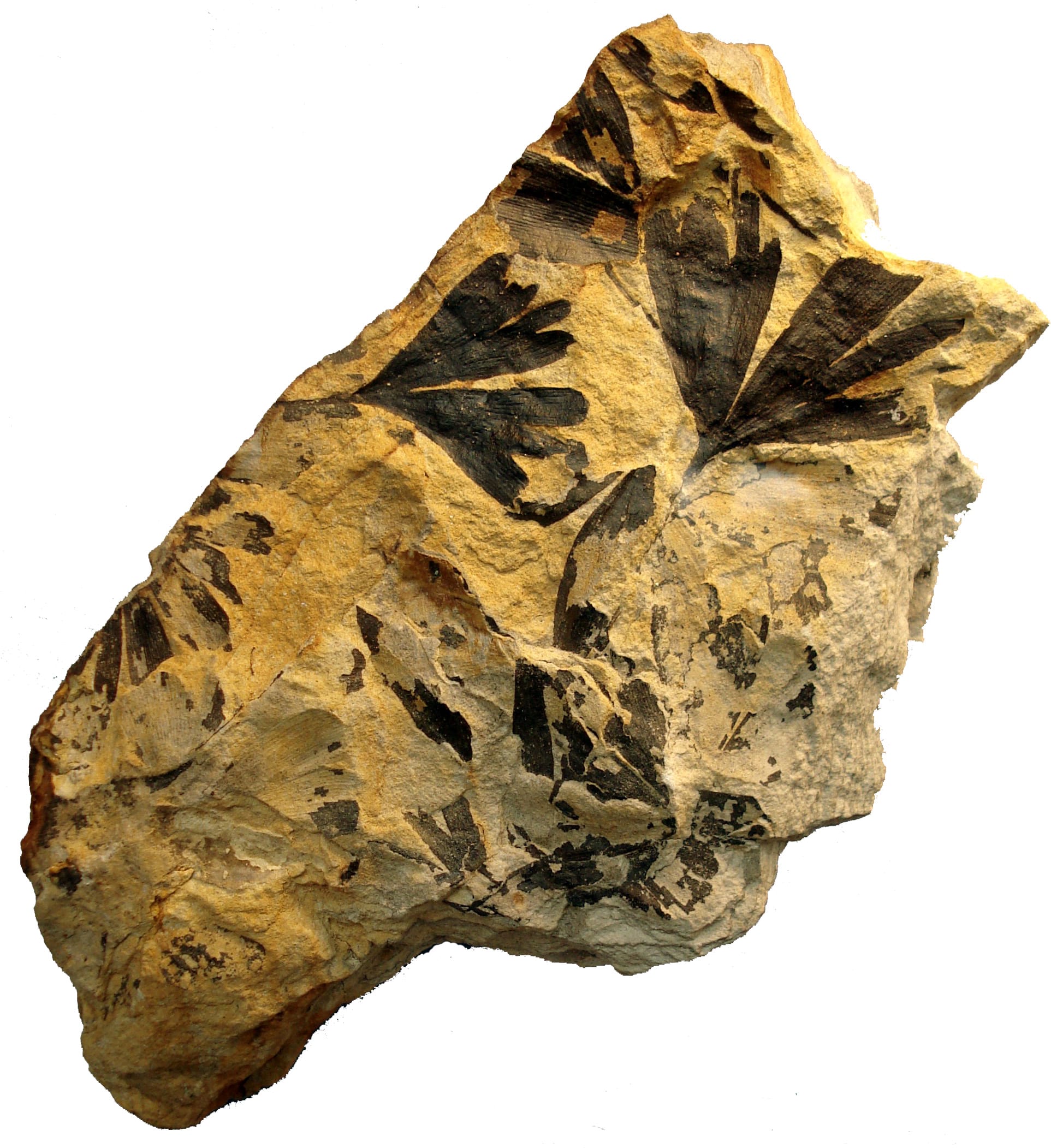Does serendipity exist? Marjorie Courtenay-Latimer was the curator of a tiny museum in East London, South Africa, when she received a phone call from a local dockman. It was Christmas eve in 1938, and Marjorie was asked to inspect the latest catch of Captain Hendrik Goosen.
As it turned out, it would be a special call. She identified a “living fossilâ€, a very rare species called coelacanth, which was supposed to have gone extinct around 65 million years ago with the dinosaurs. Since Courtenay-Latimer's “rediscoveryâ€, two known living species of coelacanth have been found – Indonesian and West Indian Ocean coelacanth.

A living fossil is an organism that has remained practically unchanged over millions of years and whose close relatives are extinct. Charles Darwin coined the term in his book On the Origin of Species, while attempting to place two very exceptional extant, or living, species – Ornithorhynchus (platypus) and Lepidosiren (the South American lungfish) on the tree of life. Living fossils are related to and superficially resemble other species in the fossil record.
There is a bit of contention about the characteristics of living fossils.
Living fossils are misunderstood since they are thought to have undergone little or no change over millions of years. But there is more to these species than meets the eye. Although they appear to be identical to their extinct relatives, they can be morphologically distinguished from the fossil. Often, these species don't appear visibly changed because they didn't have to adapt to abrupt changes in their environment or didn't have to face severe competition for resources; all of them, however, must have gone through a significant amount of molecular evolution and genetic changes over time.
How extraordinary are the living fossils?
The oldest known living fossils are stromatolites originating about 3.5 billion years ago. Fossilized stromatolites are layered structures formed by colonies of photosynthesizing Cyanobacteria, also known as blue-green algae. Cyanobacteria were responsible for the creation of the earth's atmosphere and were the dominant life-form on our planet for more than 2 billion years. Stromatolites are almost extinct today. They can be found in very few locations, such as Shark Bay in Western Australia. The Horseshoe Crab is another obvious candidate for living fossils, surviving so many extinction events in the process for the last 445 million years. They look like something right out of an artistic rendering of the Cambrian Explosion. But the name is a bit of a misnomer, as they can't be classified as crabs or even crustaceans. Their closest relatives are spiders and scorpions, which are actually arachnids.

Ginkgo biloba are living plant fossils. They have been kicking around for more than 270 million years. Fossils of ginkgo species are preserved in rocks dating from Jurassic to Miocene times all over the northern hemisphere. Their close relatives (Ginkgophyte) disappeared from North America by the Pliocene age and vanished from Europe by the Pleistocene age leaving behind only Ginkgo biloba as extant species. The main habitats of the extant ginkgos are China and Southern Japan. They are considered to be some of the most extremely tenacious and sturdy creatures surviving the atomic bombing of Hiroshima, Japan in 1945. Six ginkgo trees located within a mile from the atomic bomb explosion were among only a few living things in the area to survive the blast. Extraordinary, ain't it?
Living fossils are extremely important because they provide a rare glimpse at how life on Earth was eons ago. Coelacanths are close relatives of the last common ancestor of fish and land vertebrates, and are therefore of great scientific interest, since by studying them, new mechanistic insights can be gained about one major step of evolution – the colonization of land. The image of a crocodile or a platypus is instrumental as a passive relic of bygone times – sometimes as a subject to study the molecular clock, other times as a missing link. A lot of them are rare and endangered, so it's high time we took proper conservation measures.
In the recent movie, The Meg, the crew members of a marine research facility discovered a giant megalodon shark that was believed to be extinct a mere 2.6 million years ago. It is a fictional story – a 70 feet long prehistoric predator lurking somewhere through the thermal vents of the ocean! Sounds quite a bit fascinating, even spine-chilling, but no way possible, right? Again, who knows? After all, nothing is carved in stone.

About the Author
- athenssciencecafehttps://athensscienceobserver.com/author/athenssciencecafe/April 17, 2020
- athenssciencecafehttps://athensscienceobserver.com/author/athenssciencecafe/April 12, 2020
- athenssciencecafehttps://athensscienceobserver.com/author/athenssciencecafe/April 3, 2020
- athenssciencecafehttps://athensscienceobserver.com/author/athenssciencecafe/March 30, 2020









